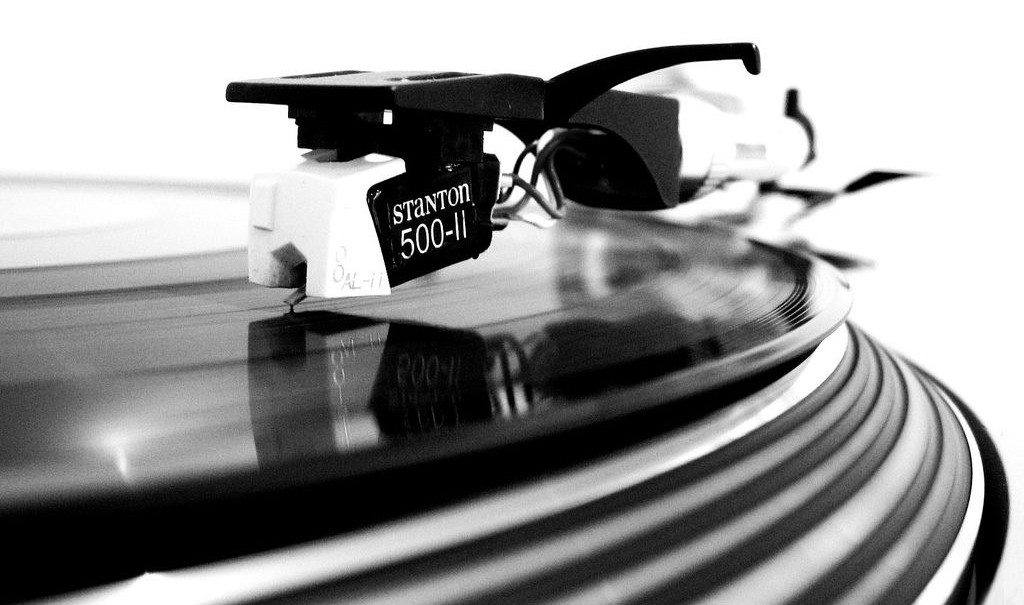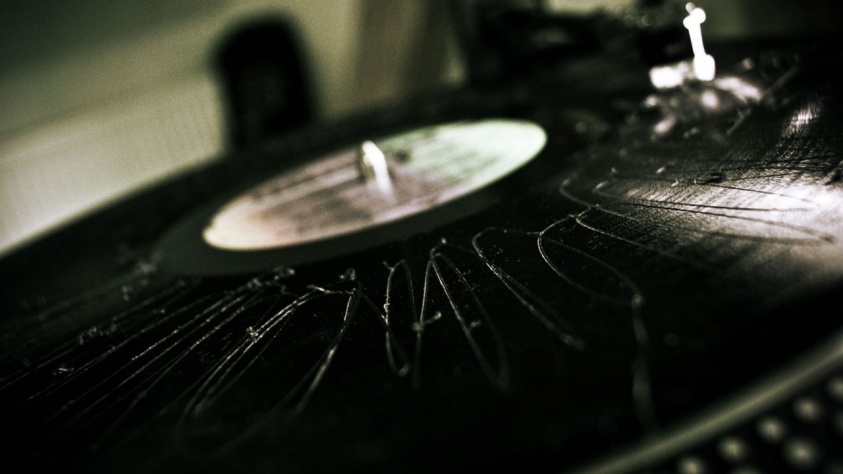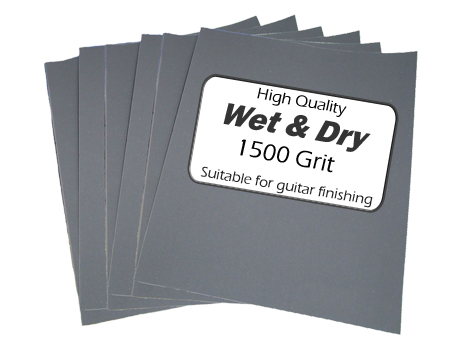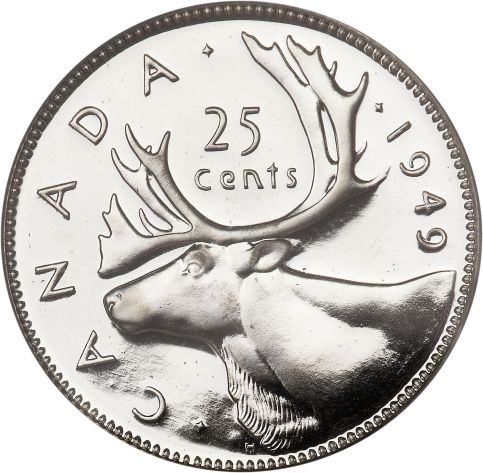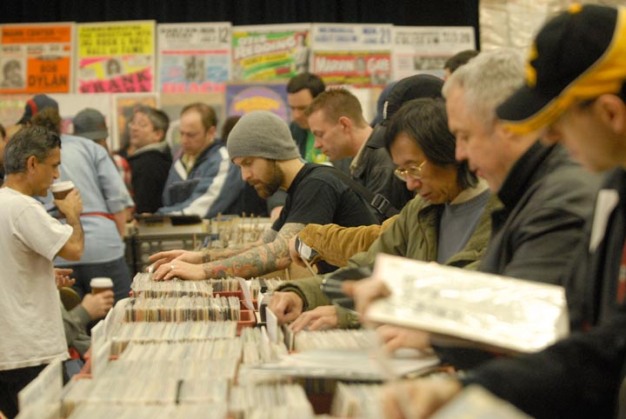No. No you cannot. You should not even attempt to. I’ll be going over some of the old method of “fixing,” scratches below but if you’re an audiophile purist you know that none of these actually work though they may make an album “more playable.” Understand that each of these methods is destructive and may make things worse. If you have a record that has scratches that make it unplayable, throw it out and buy another copy.
That said, here are the methods:
1. Needle Method (see: http://www.wikihow.com/Fix-a-Scratch-on-a-Vinyl-Record)
Essentially, you use a cone attached to a sewing needle to determine where the scratch is located on the album. Using the needle, you apply light force and follow the groove back and forth over the scratch. You will angle the needle either toward or away from the label depending on whether the skip is backward or forward.
Using this method, you are altering the groove depth that was set at mastering. It takes a steady hand and one slip could cause another scratch or make the existing one worse. Further, the angling of the needle could cause you to break through the grooves and create a loop on your record. Certainly in the best case, you are really reducing the skip, but also adding noise to your album.
2. Sandpaper Method (see: http://www.instructables.com/id/Bring-Ruined-Records-Back-to-Life/)
Using a very fine wet & dry sandpaper (1500-2000 grit) you soak your album and sand paper and then lightly sand parallel to the grooves where the scratch is. Once done you can buff the LP to get the sheen back.
I have a specific issue in this method as the idea of sanding and buffing seems extremely sneaky if that album were to be offered for sale as if it weren’t altered. Again, because you are sanding the album, you are changing the groove depth and therefore affecting the sound quality.
3. Ice Cube Method
You’re to take an ice cube and lightly rub it over the scratch, parallel to the grooves. Hypothetically, as the ice cube melts it takes the shape of the grooves and bends the scratch so that it doesn’t skip.
Again, you’re altering the LP and therefore are changing the sound quality. Further, water alone is too heavy to find it’s way to the bottom of a groove so you may, at best, be just bending the very top if you’re doing anything at all. Also, this only works if your ice cube remains in the same groove. If it moves down one groove, you could be negatively altering every other groove within the width of the cube.
If your Ice Cube is Straight Outta Compton, he will likely be pissed that you’re rubbing a record on him.
4. Quarter Method
This involves taping a quarter to the headshell to increase its weight. You then manually move your platter back and forth over the scratch.
You are an idiot if you do this as you will damage your record and your needle.
Conclusion
At the end of the day, you should be able to live with small, light scratches. If your album is scratched to the point it is unlistenable, then make a vinyl bowl out of it or something. It’s important to note that collectible records with scratches may still hold some value and may still be sought after, if only as a placeholder until you find a better copy. It’s not worth your time or effort to “fix” scratches using any of these methods. You may be doing more damage to the album and your needle.
